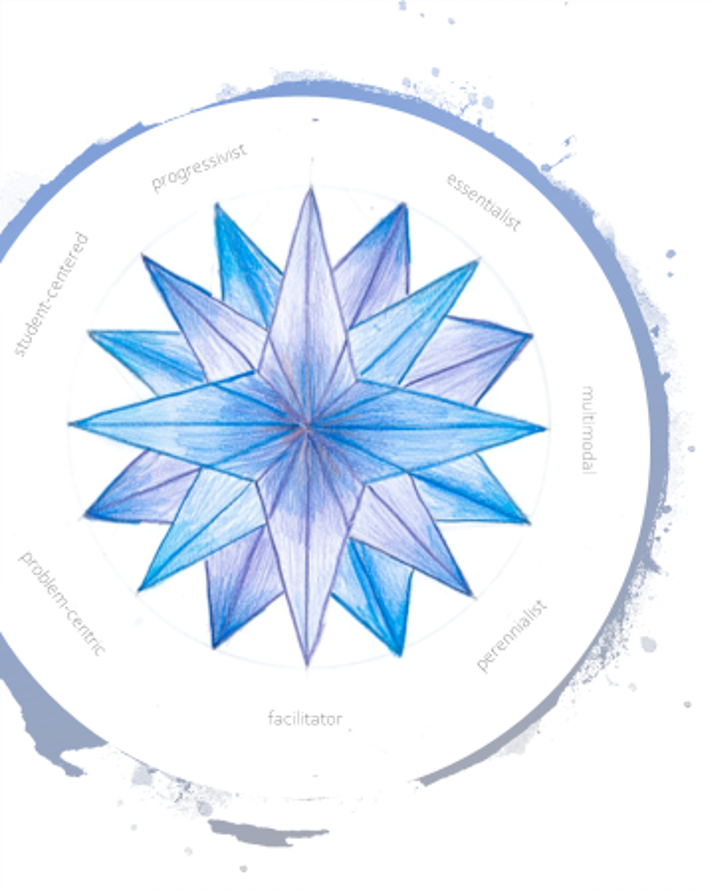Achieving a deep and enduring understanding of math requires a multi-modal approach that begins with an engaging problem – a real reason to explore an area or strategy of math.

Math has perennially been about folks solving a problem or being curious of why something works the way it does, and with math being perennial, this approach remains a good way to teach my students. I believe in pondering with them on the problems that surround us while reflecting on the great mathematicians and their approaches to math. Like Shakespeare and Dickens are important to an English teacher for their endurance and excellence, so too are Euclid and Pythagoras important to a Math teacher for their singular pursuit of the beauty and simplicity of math. Sometimes I worry that somebody has gone and made math too complicated and rote, removing everything that was once so engaging about math. Understanding the perennial foundations that have shaped math over the centuries and across-the-globe enables the classroom to see what we are doing in the larger context.
The essentials of math do matter, and teaching must balance the practical with the experiential.
Pythagoras is quoted as saying “A figure and a step onward: not a figure and a florin.” The meaning of this goes to the debate of whether we are preparing our children with the skills they will need for future careers or are we investing the time in providing for a deep understanding of math. My belief is it is the step onward and the practical both that matter. This makes me think about the essentialism aspect of math, in two parts, first in that there are these essentials that will help our children be able to secure stability as they become adults and enter careers, and second in that there are essentials that will enable our children to fully grasp math, and the two are intertwined. When we try to gloss over mental math, because assessments depend on the pencil and paper, we rob the adult of the ability to think on their feet – when at a store eyeing that the total makes sense, when estimating time using techniques that keep you within .05 accuracy, understanding how to apply percents and do area measurements. By not investing the time in the essentials and providing a differentiated learning environment tuned to the individual, some education systems have slighted children into believing they just aren’t “mathy”. I say rubbish. Essentialism is important, for we cannot lessen what is needed in math; skipped sections will impede the student down the road. Lack of ability for mental math and number sense will lead to harder work for the child as the problems grow in difficulty. Lack of regular practice in the classroom and at home will result in a lack of a student’s fluidity in math. Like a music instrument, math is learned deeper if what is taught is regularly practiced.
The true strength in our classroom lies in the collaboration of our learners, not in the knowledge of one expert.
In the classroom, I believe my teaching role is to be a facilitator. And while I may be the expert, I am not the answer key. I have the lesson plan, and I provide an engaging problem to start a lesson with. The learners, sometimes independently and sometimes collaboratively, make observations, spot patterns, identify strategies, try the problem, and surface misunderstandings – and often it is their process and hard work that takes us through the lesson plan of the classrooms own accord. My job as facilitator is to keep everyone on task, provide scaffolding and answer “good” questions. From the learners conversations, I surface precursors that need to be revisited, and devise a multi-modal and differentiated plan to continue progress for all.